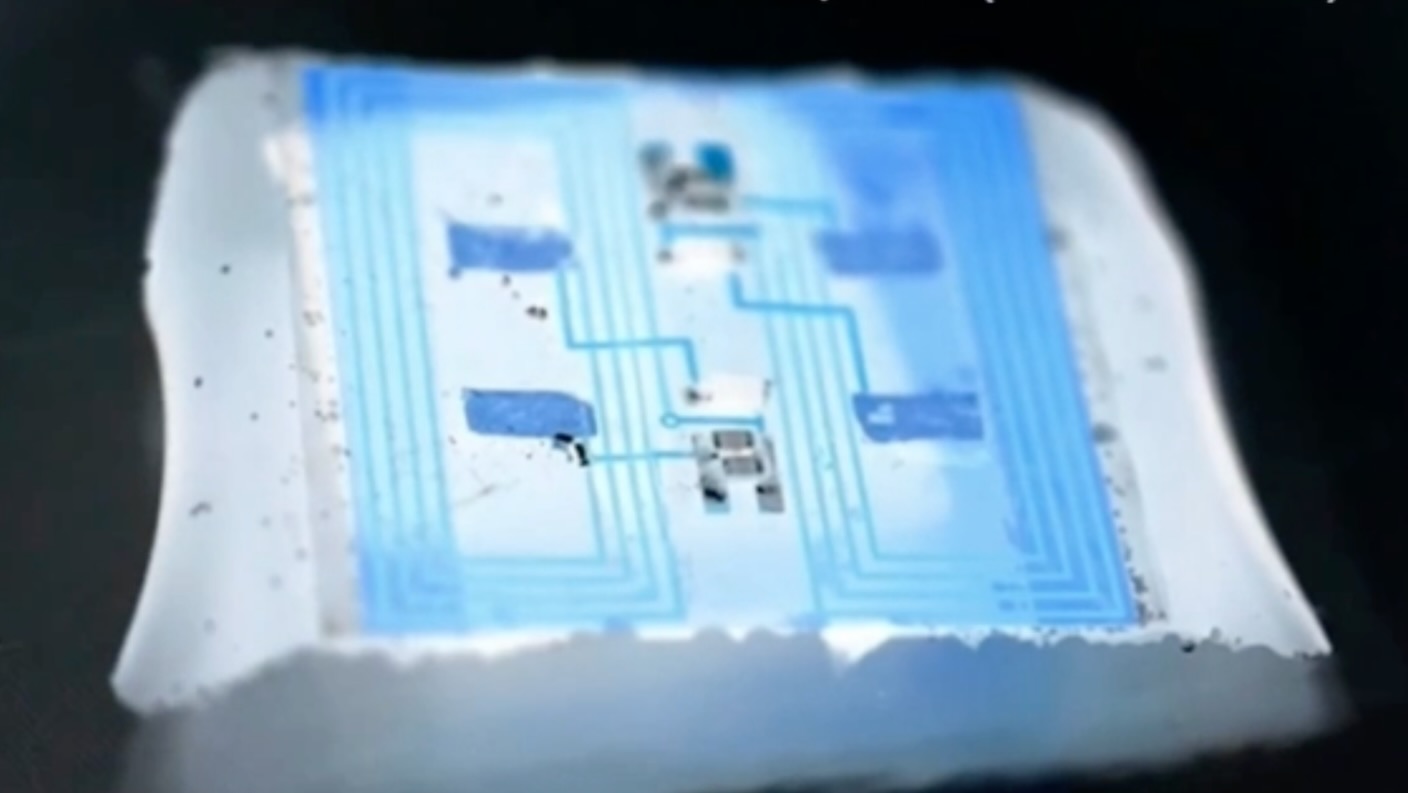A remarkable advancement in robotics has recently emerged with the development of a biohybrid robot made from human cells and controlled by a programmable electronic brain. This novel creation represents a significant leap in the integration of biology and technology, blending living tissues with artificial systems to create a highly adaptive and flexible robotic entity capable of swimming and navigating its environment with remarkable efficiency.
The Design and Functionality of the Biohybrid Robot
The biohybrid robot, which resembles a robotic stingray, is only as wide as a dime. It exhibits extraordinary agility, swimming distances far beyond its body size with ease. This capability stems from its sophisticated design, which incorporates human-derived neurons and muscle cells working in tandem with a synthetic structure that provides support and form.
At the core of this biohybrid robot is a wireless electronic circuit equipped with magnetic coils. This circuit modulates the activity of the neurons, either intensifying or depressing their function. The resultant neuronal activity signals the muscle fibers, prompting movement in a manner that mimics the natural locomotion of stingrays and butterflies.
Revolutionizing Robot Motion
This biohybrid technology represents a shift from traditional robotic designs, which often struggle with energy efficiency and adaptability. By leveraging the biological properties of living cells, the robot not only increases dexterity but also enhances energy usage through optimized responsiveness to environmental stimuli.
Biological Inspirations for Robotic Design
In the quest for more efficient and capable robots, scientists have frequently turned to nature. Certain species have evolved systems of movement that maximize survival—traits that include agility, damage tolerance, and energy efficiency. The capacity of animals to seamlessly adapt to their environments provides invaluable lessons for robotic design.
The study of various species, particularly ray-finned fish and butterflies, has yielded insights into minimizing energy expenditure during movement:
- Ray Fishes: Their movement is characterized by low energy requirements despite their agility and adaptability in aquatic environments.
- Butterflies: Known for their delicate yet efficient flight, they are prime examples of energy-optimized locomotion.
Advancements in Control Mechanisms
The integration of living cells into robotic frameworks gives rise to a new class of biological actuators capable of converting energy forms without relying on complex machinery. This method of utilizing biological components enhances the robot's performance significantly:
| Component | Function | Benefit |
|---|---|---|
| Neurons | Control muscle cells for movement | Enables adaptive motor functions |
| Muscle Cells | Contract in response to neuron signals | Enhances movement efficiency |
| E-Paper Based Artificial Brain | Modulates neuronal activity wirelessly | Provides flexible, remote control of the robot |
Future Prospects and Implications
The potential applications of such biohybrid robots are multifaceted, particularly within the realms of biomedicine and fundamental biological research. Given their compatibility with living organisms, they offer an exciting avenue for exploring novel therapeutic interventions and understanding complex biological systems.
“The advent of this bioelectronic neuromuscular robotic swimmer suggests a potential frontier where we can build autonomous biohybrid robotic systems that can achieve adaptive motor control, sensing, and learning.” – Research Team
Conclusion
The development of this biohybrid robot not only illustrates the possibilities of merging biological materials with robotic systems but also highlights the ongoing pursuit of understanding and mimicking nature's designs for the advancement of technology. As researchers continue to refine these systems, the implications for both robotics and healthcare remain profound, offering insights that extend well beyond conventional boundaries.
Literature Cited
Lifespan.io














Discussion